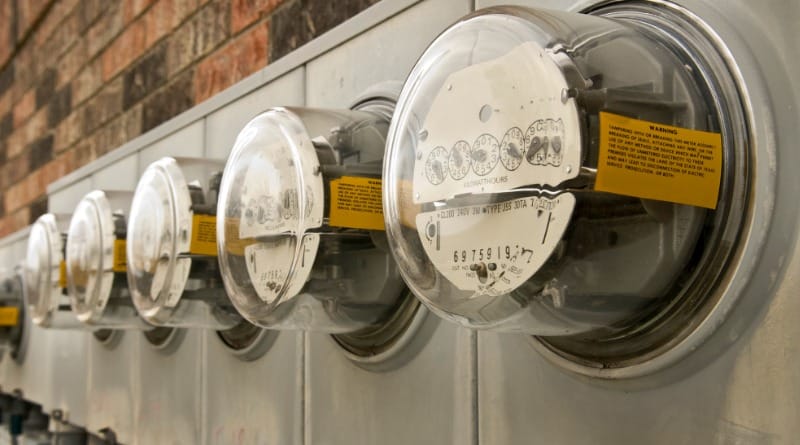Different Types of Meters Explained

Electricity and gas meters track how much energy you use, allowing your supplier to present you with an accurate bill. So what’s lurking in your meter box, how does it record your energy use, and how do you read it? It ultimately depends on the type of gas and electricity tariffs you have and when your meter was last updated.
There are types of meters—standard, variable, or pre-payment—that refer to the way you’re charged for energy, and other types that refer to the way your energy consumption is measured. We run down the types of gas and electricity meters you may find in your meter box and how to determine if you could find a better deal on gas and electricity by switching tariff and meter. It is also important to keep track of the best and worst energy suppliers. This way you don’t get a raw deal when it comes time to pay or the quality of your service.
Meters by the way you pay for energy
Standard meters
Most British homes are fitted with a standard meter, showing you how much energy you use in kilowatt-hours, often in a mechanical display but sometimes digitally or on dials. Standard meters are used when you pay a flat rate for your energy, no matter what time of day, and pay for it on contract, possibly via direct debit, after it’s been used.
Variable-rate meters, eg. Economy 7 or Economy 10
Some suppliers offer domestic energy tariffs for people who use most of their energy at off-peak hours. They’re ideal for people who run storage heaters, which suck up electricity at night and then release it was thermal energy during the day. There are two types of these variable rate tariffs: Economy 7, giving you access to cheaper electricity during seven nighttime hours and Economy 10, which adds an extra three discounted hours to the standard seven.
If you have one of these tariffs, you’ll have a variable rate meter. These meters will have two displays, one for energy consumed during normal hours and one for energy consumed during off-peak hours. You’ll have to give both to your energy supplier when they ask for meter readings.
Prepayment meters
If you have a pay as you go energy tariff, you’ll have a pre-payment meter, where you’ll pay in advance for any electricity you use, topping up the meter with a key or card. Some more advanced versions of prepayment meters allow you to top up via an app. Most prepayment meters have a digital display. It will show, on default, the amount of credit remaining on your account and when you press a button, the meter reading for when your supplier asks.
Prepayment meters are an expensive way to pay for energy and if you don’t keep on top of your balance, by checking the remaining credit displayed on your meter, your energy supply can be cut off suddenly—a frustration if you were in the middle of a load of laundry or watching a TV show and especially if the shop where you top up your key or card is now closed.
Meters by the way they display readings
Digital meters
Digital meters display your readings on LCD screens, in five figures followed by a decimal point and an additional sixth number, generally in red, which you can ignore.
Dial meters
Dial meters show your energy consumed through a series of six dials, each corresponding to a place in the meter reading number. To get a meter reading, write down the number each dial points to in order, ignoring the sixth dial and any red numbers.
Next-generation meters
Smart meters
Smart meters are digital, wireless-enabled meters that supply real-time meter readings to both your supplier and to you, via an in-home display. You won’t have to read into your meter box to take a reading; it will be displayed digitally via a device in your home or, with some meters, on an app on your smartphone. In fact, because data about your consumption is being transmitted automatically to your supplier, you won’t need to take a meter reading at all. And you won’t have to wonder what the string of six numbers means about your energy consumption and costs. Smart meters show you how much energy you’re consuming in kilowatt-hours and pounds and pence.
Under the smart meter rollout, all homes and small businesses in the UK are to be offered smart meters by their suppliers before the end of 2020. The £11bn rollout is behind schedule but when you’re offered a smart meter by your supplier, it can provide you with more information than any previous meter about your energy consumption and costs, and allow you to make choices to limit both.
What's Your Reaction?
Newly middle-aged wife of 1, Mom of 3, Grandma of 2. A professional blogger who has lived in 3 places since losing her home to a house fire in October 2018 with her husband. Becky appreciates being self-employed which has allowed her to work from 'anywhere'. Life is better when you can laugh. As you can tell by her Facebook page where she keeps the humor memes going daily. Becky looks forward to the upcoming new year. It will be fun to see what 2020 holds.



